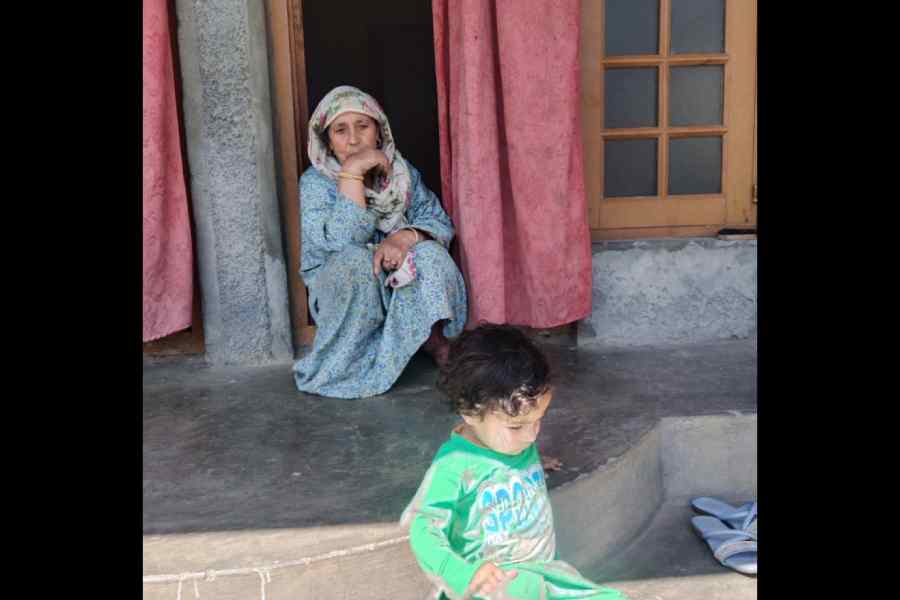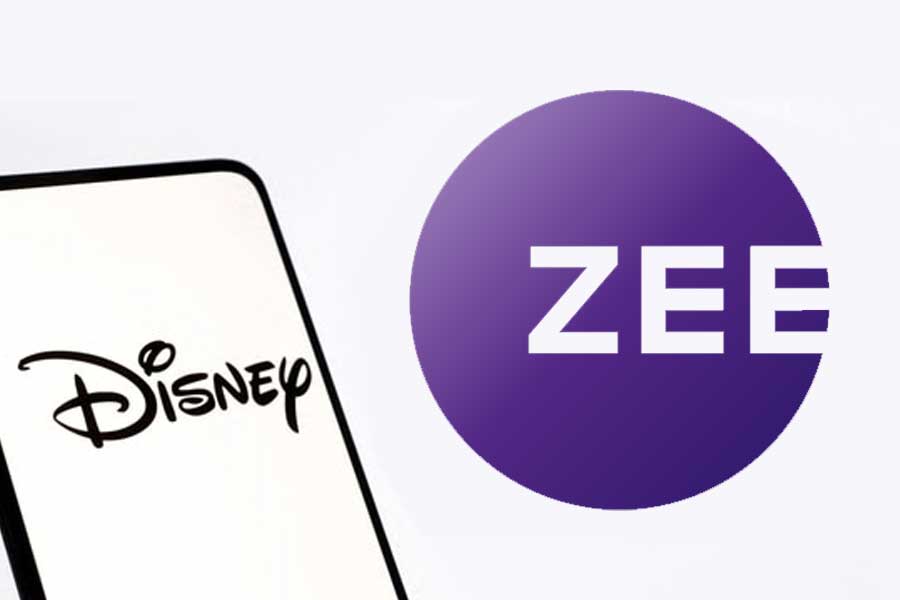Regardless of central universities shifting their admission criteria from relying on Class XII marks to a national entrance test in 2022, some school boards continue to grant marks generously in these examinations.
Data obtained from the website of the Joint Seat Allocation Authority (JoSAA), the body that holds common counselling for admission to IITs and NITs, the school boards of Andhra Pradesh and Kerala have continued their "generous marking system".
Telangana, Tamil Nadu, the Central Board of Secondary Education (CBSE) and the Council for the Indian School Certificate Examination (CISCE) are, however, not far behind.
The JoSAA collects the data from every school in the country since scoring 75 per cent marks in the respective board or the top 20 percentile score is the minimum eligibility condition for admission into IITs.
According to the data, each of the top 20 percentile holders in the Board of Higher Secondary Examination, Kerala, scored 476 out of 500 while their counterparts in Andhra Pradesh scored over 470 in 2024. (See chart)
The top 20 percentile students of the Telangana board also scored more than 477 marks while such students from the Tamil Nadu board scored more than 431.
Students of these boards have been scoring high compared to several other state boards such as Bihar and Bengal. The top 20 percentile students of Bihar scored over 347 each while those in Bengal scored over 348 out of 500.
CBSE students scored 417 to remain among the top 20 percentile while CISCE students scored 444.
The percentile score of a student is obtained by dividing the number of students below her/him with the number who appeared, the ratio multiplied by 100. The top 20 percentile cut-off suggests that the top 20 per cent students of the board have scored above this cut-off.
Professor C.B. Sharma, the former chairman of the National Institute of Open Schooling (NIOS), said that central boards like the CBSE started the practice of high moderation over a decade ago, which increased the students' marks. The state boards followed to ensure their students did not lag.
"The CBSE has to take the blame to a great extent. The CBSE kept misusing the moderation policy to spike marks. Many boards which were alert followed the same. Now we have reached a situation of no return," Sharma said.
Then human resource development ministry, now ministry of education, in 2018 decided to discontinue the moderation policy. All boards had agreed but it could not be implemented because of adverse court orders.
A faculty member of Delhi University said that the centralised Common University Entrance Test (CUET) was introduced in 2022 to overcome over-marking in boards.
"In 2021, students of Kerala and Chhattisgarh took admission to Delhi University colleges in large numbers. It was felt that something was wrong. But a university cannot question the marks awarded by any board. The CUET came up in response to this differential system," he said.











